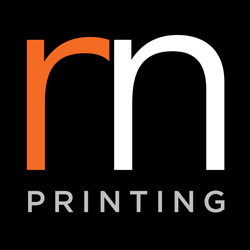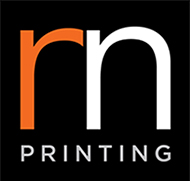One of the effective ways to make your printed goods really pop is to choose the best colour combination and ink to use. Whatever design you have for the campaign, it’s still important to choose your colour combination properly in order to make the overall design more eye-catching and memorable for your target audience. Depending on your chosen audience, your overall design and colour choice affect their attention span for your printed project. Before you dive into a colourful combination of colours, here are different colour printing techniques listed below.
Colour and Printing Variations:
RGB
You might have heard of this back in your early education – these colours are the base colours of Red, Green, and Blue. This kind of model is based on light energy and is called the “additive model” – meaning the strength of all colours change to white. Since these colours mainly focus on the light energy, this is the model you go to for designing your designs digitally and it’s the most used colour space by graphic artists.
CMYK
CMYK, or known as Cyan, Magenta, Yellow, and Key (Black) mainly starts off with a white blank canvas. In order to change the hues, they start to alter the colours to lessen the amount or whites you see in the image. When mixing the colour, they slowly form into the design you had in mind by deducting the amount of colour you see from the white light. The key colour, or the black ink, focuses on being the frame of reference by keying all colours to produce a picture.
The reason why CMYK is versatile in terms of colours is because it changes percentages called the halftone dot. Squint enough on the picture and you can see that there are tiny dots that have varying colours and sometimes merged together with black to make a close or identical match to the design as seen digitally.
Spot Colours
Usually more expensive compared to the CMYK, this model goes for a specific kind of colour that is identified through the businesses they embody. These kinds of colours have different kinds of hues that CMYK can’t copy – it might be close to it, but definitely not the exact match. This usually needs a solid and compact colour block to achieve the exact hue as designed digitally.
Pantone is a library of colours holds a wide variation of spot colours. Pantone prides itself for the consistent hue of the colours of inks, based on the multi-pigment inks they offer. While this is indeed accurate and more reliable, this kind of model or colours are usually expensive. It’s more expensive since this kind of model is more dense compared to CMYK – meaning they have to clean before and after using varied inks – mostly to avoid contamination. Spot colours are not fixed – the price determines what pigments are needed to make that specific colour.


 1300 483 455
1300 483 455 0418 260 940
0418 260 940 132 Marsden St, Parramatta
132 Marsden St, Parramatta




